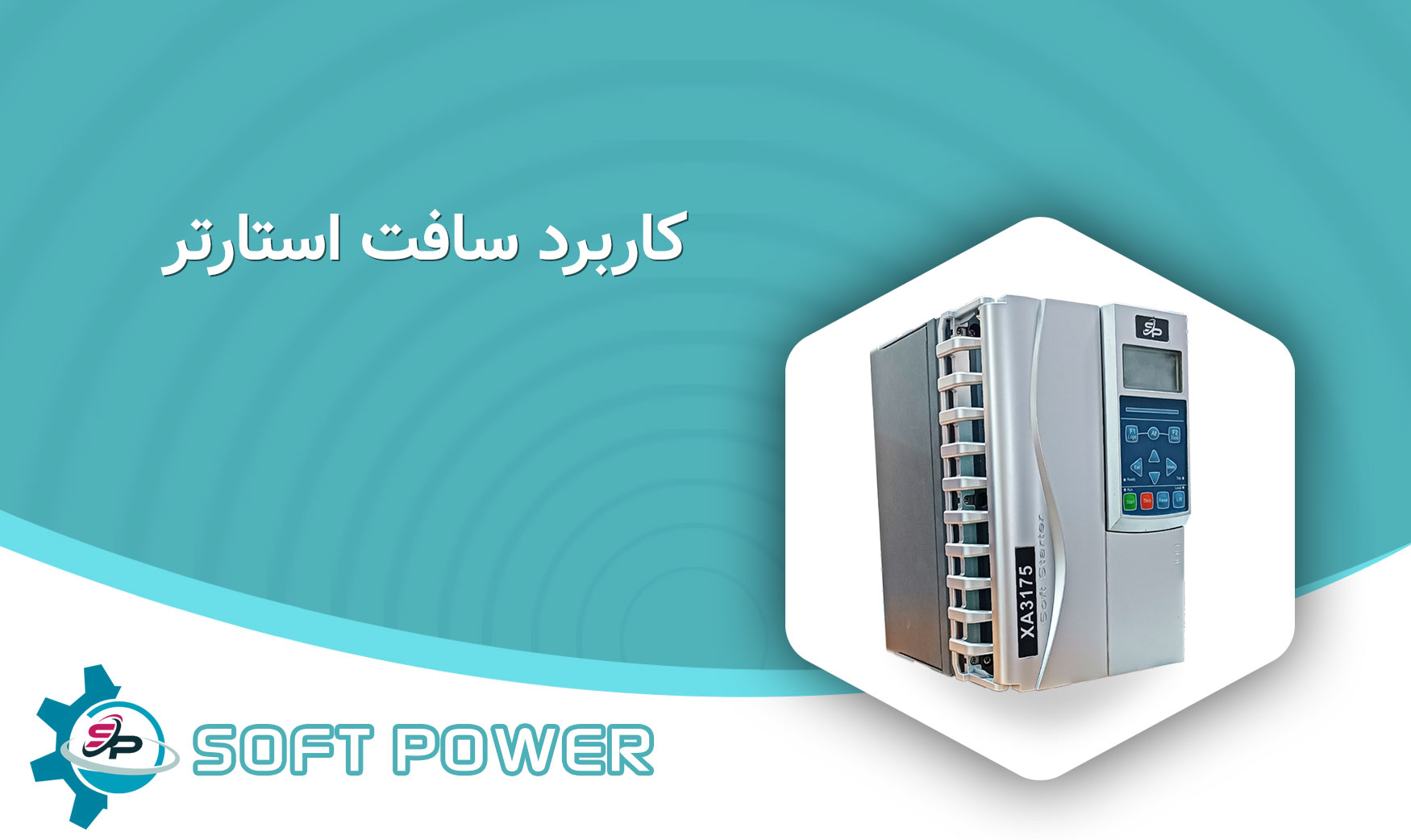What is a Soft Starter?
A Soft Starter is a device used to control the startup current of an electric motor, allowing the motor to start smoothly. As you know, three-phase AC electric motors are widely used in industries today, and one of the main concerns when using these motors is how they are started. This is important both to avoid damaging the power grid connected to the motors and to prevent technical issues with the motors themselves. The startup current of electric motors is about 5 to 8 times their rated current. The startup time can range from less than 1 second to half a minute or more. This multiple current surge over a short period causes a significant voltage drop (depending on motor size) on the power grid, which can disrupt protective devices and other equipment connected to the grid.
Methods of Starting Motors in Industry
- Direct Online (D.O.L)
- Star-Delta Starting
- Autotransformer Starting
- Soft Starter
- Inverter with Variable Frequency Drive (VFD)
Each method has its own advantages and disadvantages, and depending on the project type, motor kilowatt rating, power grid conditions, and budget, one method is selected and implemented by the project engineer. Direct starting is the least expensive, while inverter-based starting is the most costly due to its advanced technology. Here, we focus on motor startup using a Soft Starter.
How a Soft Starter Works
Induction motors draw 5 to 8 times their rated current during startup. This high inrush current is due to Faraday’s law of induction, which requires a relative change in the magnetic field to induce voltage. Naturally, this startup current must be considered in the design of industrial electrical connections, including protection and wiring.
Since electric motors often draw large currents while accelerating to nominal speed, a Soft Starter can be used to limit the surge known as “inrush current” and control the torque of electric motors, resulting in safer, smoother, and gradual startups. Soft Starters protect your motor from potential damage and, by reducing heat from frequent start/stop cycles, mechanical stress, and electrodynamic strain on power cables and motor shafts, they extend the lifespan of your motor and the entire system.
A Soft Starter uses voltage reduction to start the motor. Lowering the startup voltage reduces the startup torque. Therefore, voltage reduction methods are suitable for motors that are unloaded or lightly loaded during startup. Star-delta and autotransformer starting methods also use voltage reduction during startup.
Compared to the other two methods, the Soft Starter is a newer device with more advanced technology. Its advantages include smooth startup, high speed, and energy saving in light-load applications. One of its key features is connecting the motor to the power grid via a silicon rectifier inside the Soft Starter. This allows voltage control from 0 to nominal voltage, resulting in a soft startup. In this method, motor torque and speed increase gradually along with voltage. The same process occurs in reverse during motor stopping, providing a soft stop and preventing mechanical shocks to the motor. In fact, the Soft Starter is an electronic voltage regulator and does not alter motor frequency. To change motor frequency, an inverter or VFD must be used.
Soft Starter Control Methods
A Soft Starter can be controlled by direct wiring of start/stop push buttons or via the ModBus protocol. Each control method has its own pros and cons. The direct wiring method does not require a computer, monitoring device, or PLC, making it more cost-effective. The second method uses a computer and dedicated software for full control of the Soft Starter. The third method involves a monitoring device and PLC, allowing feedback and customizable control and monitoring capabilities.



